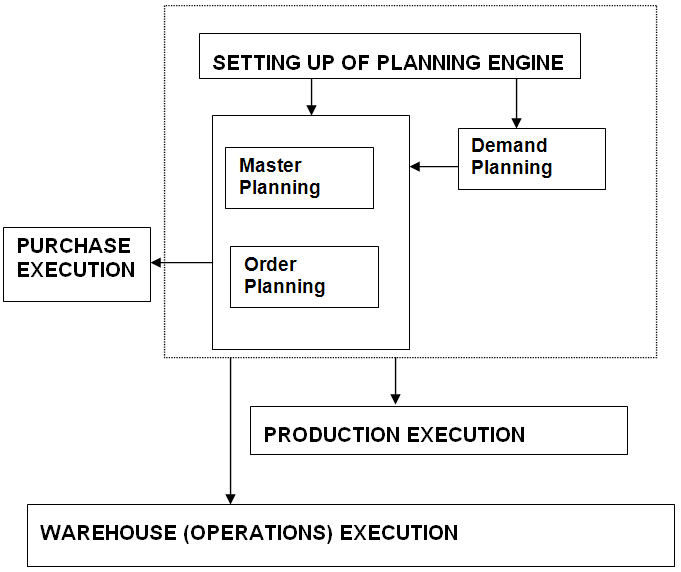ERP Service Module – Call Handling and Service Orders Control
April 3, 2025
 ERP Service Module – Call Handling and Service Orders Control
ERP Service Module – Call Handling and Service Orders Control
Call Handling Proper operation of a help desk is an essential component of proper servicing and resolution of problems. Service module of an ERP system assists organization to respond promptly both in respect of internal and external customers and gain valuable management data which helps in retaining customers as well as improve internal operation of…
 Why are Companies Constantly Upgrading their ERP Systems?
Why are Companies Constantly Upgrading their ERP Systems?
Enterprise Resource Planning (ERP) is the lifeblood of any business today. Any business, be it a medium scale enterprise or a multinational corporation relies extensively on the use of Enterprise Resource planning systems. This is the reason why these systems tend to be very expensive. There are mega-corporations like SAP and Oracle, which make billions…
 Turbo Charging ERP with BI and CPM
Turbo Charging ERP with BI and CPM
Business Intelligence (BI) – An ERP product provides hundreds of standard reports, generated weekly or monthly or year end basis which acted as a hardcopy dashboards within the organization. In order to improve report generation functionality, an ERP system provides various report writing tools (such as crystal report writer, safari report writer) as well as…
In customer centric business environment, it is critical to have an effective plan to manage production capacity, materials availability and shipment schedules.
The planning functionality of an ERP system provides organizations the means of meeting such customer centric approach. Planners are able to simulate alternate scenario planning wherefrom they determine which assemblies and components to make, which to buy and when to manufacture or procure.
The figure below depicts Enterprise planning functions and their interface with the execution level

Having set up master data for enterprise planning to plan material requirements, the Demand Planning is used to generate forecast, based on historical sales data. The Master Planning performs the supply planning for independent demand items (end items). The Order Planning is used to perform the supply planning for dependent demand item(s) (components, raw materials). The supply plan for items is generated and transferred to the execution level. The execution level are the supply sources, such as purchase, production and distribution
Setting up of planning engine: This requires, inter alia, two important inputs:
Forecast methods: Following forecasting methods are available under enterprise planning
In essence, Moving average is an average of the past periods. Each time the moving average is calculated, the most recent period is added to the calculation and the oldest period is dropped.
Where:
In essence, a single exponential smoothing is a moving average with weighting factors applied. The greatest smoothing weight is applied to the most recent period and the least weight is applied to the oldest period.
Where: Average Demand is calculated as: actual item issue (previous period) / seasonal factor (previous period)
A recommendation of various forecasting methods is described in the following table:
| Moving Average | Exponential Smoothing | Previous year calculation | Demand Last period | |
| Understanding | Good | Neutral | Good | Very Good |
| Trend | Unsuitable | Very Good | Unsuitable | Neutral |
| Season | Neutral | Very Good | Very Good | Neutral |
| Unstable Demand/Supply | Neutral | Very Good | Neutral | Neutral |
Scenarios - Scenario is an identification of one out of various possible planning solutions. Each scenario represents one overall planning solution, and involves particular settings for the planning of items and resources. Scenarios are used to analyze and compare various planning options and to find the best planning solution. For example, demand forecasts or sourcing strategies can be varied for different scenarios. One of the scenarios is the actual scenario, which corresponds to the actual planning situation. Planned orders and production plans from the actual scenario are transferred to the execution level of the system.
Rolling Scenario
This represents a particular type of scenario that is shifted forward in time on a regular basis. In the course of time, the current date will reach or exceed a certain reference date plus the rolling frequency. When this is the case, the scenario’s start date and finish date, the plan period division, and the reference date itself are shifted forward
Your email address will not be published. Required fields are marked *